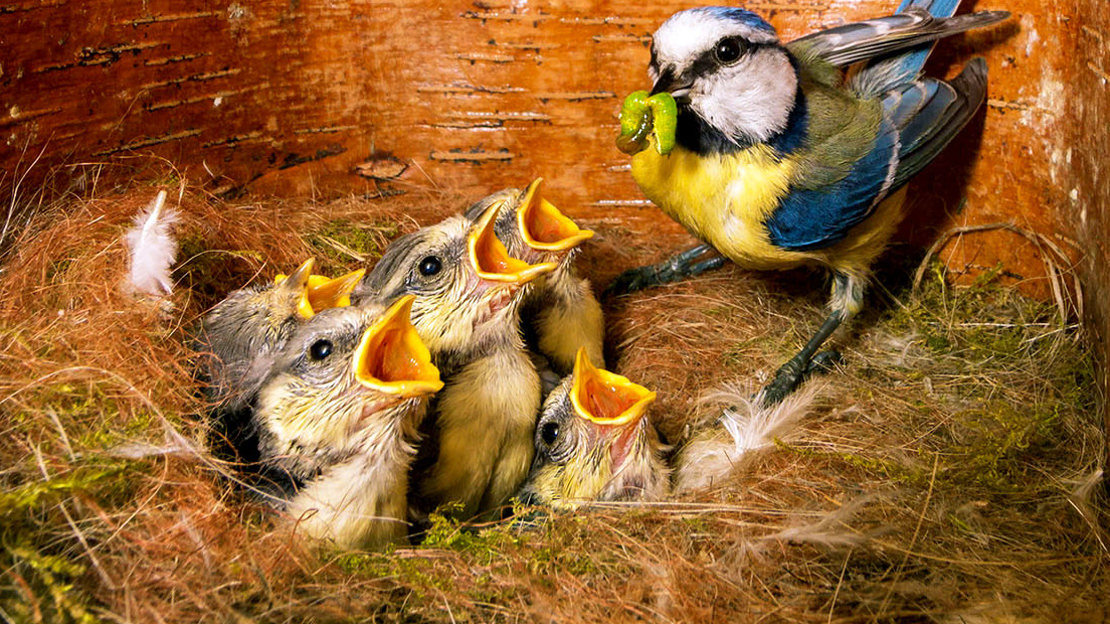
Help track the effects of climate change on timings in nature
Have you seen your first butterfly or swallow of spring? Or your first ripening berry or autumn leaf? Let us know what's happening near you.
Explore Nature's Calendar
Content manager
Migration is amazing. Each year millions of animals travel to and from the UK, often covering vast distances. Take the chiffchaff for instance. This tiny bird weighs no more than a £1 coin, but will journey between the UK and West Africa, flying thousands of miles across land and sea. But why do animals travel such great distances and how do they it?
The majority of animals migrate either to find food or a suitable place to breed and raise their young. Species that migrate to the UK in winter do so to escape the extreme cold in countries further north, which makes food difficult to find. Spring and summer migrants take advantage of the fact that there are fewer predators and less competition from other species in the UK compared to warmer, southerly countries. Some species will migrate within the UK too, moving between north and south and high ground and low ground.

Across the world animals of all kinds migrate, ranging from huge whales to tiny insects. Here in the UK, the most obvious migrants are birds. Some species travel here for the winter and others arrive in spring and summer. Other migratory creatures include whales and dolphins, bats, butterflies and fish.
There is still much to learn about the factors that drive migration. In birds, it’s thought that changes in day length and temperature may trigger the process. Migration is perilous and many species opt for safety in numbers by travelling in groups. Birds will use the sun and stars as navigation tools, as well as landmarks on the ground. Younger animals will often learn the route by following older individuals.
Scientists have found that some birds have tiny bits of magnetic material in their brains, acting as a form of internal compass. However, this is not fool-proof and some do lose their way, particularly during bad weather. Birds that are blown off course and spotted well outside of their usual range are known as vagrants. Vagrant birds occasionally seen in the UK include snowy owls and colourful rollers.

The UK’s warming climate is affecting the migration activity of certain birds. Some species, such as the chiffchaff and blackcap, are increasingly staying in the UK all year round. It’s thought this is because a warmer climate means they are able to find enough food to survive the winter.
You can help us understand the impact of weather and climate change on migration. Our Nature’s Calendar project relies on volunteers recording migratory birds and other seasonal phenomena. This data helps us analyse the short and long-term impact of weather on wildlife.

Have you seen your first butterfly or swallow of spring? Or your first ripening berry or autumn leaf? Let us know what's happening near you.
Explore Nature's CalendarKeep exploring